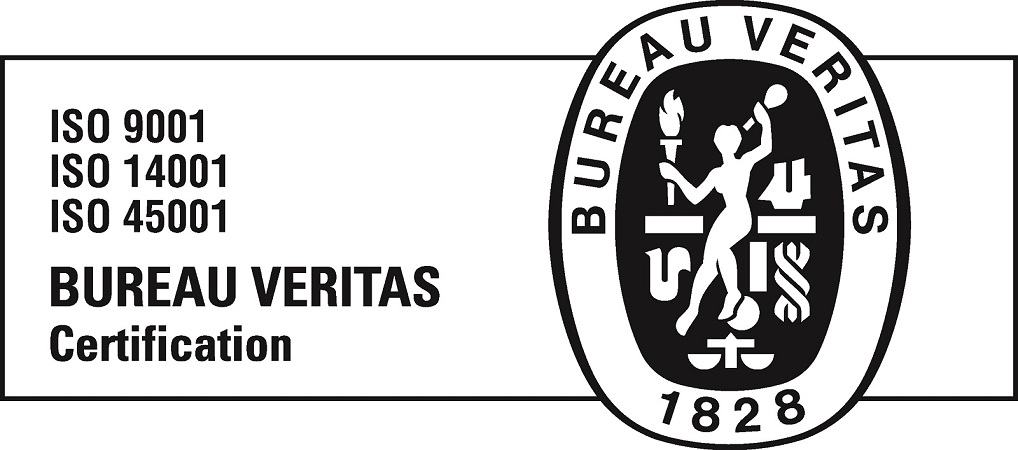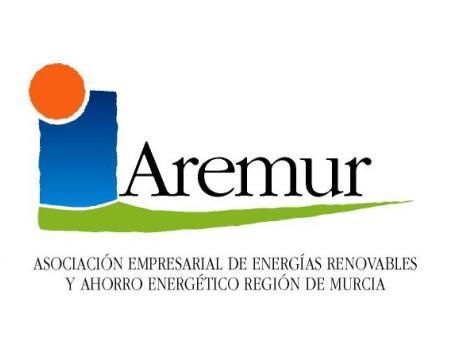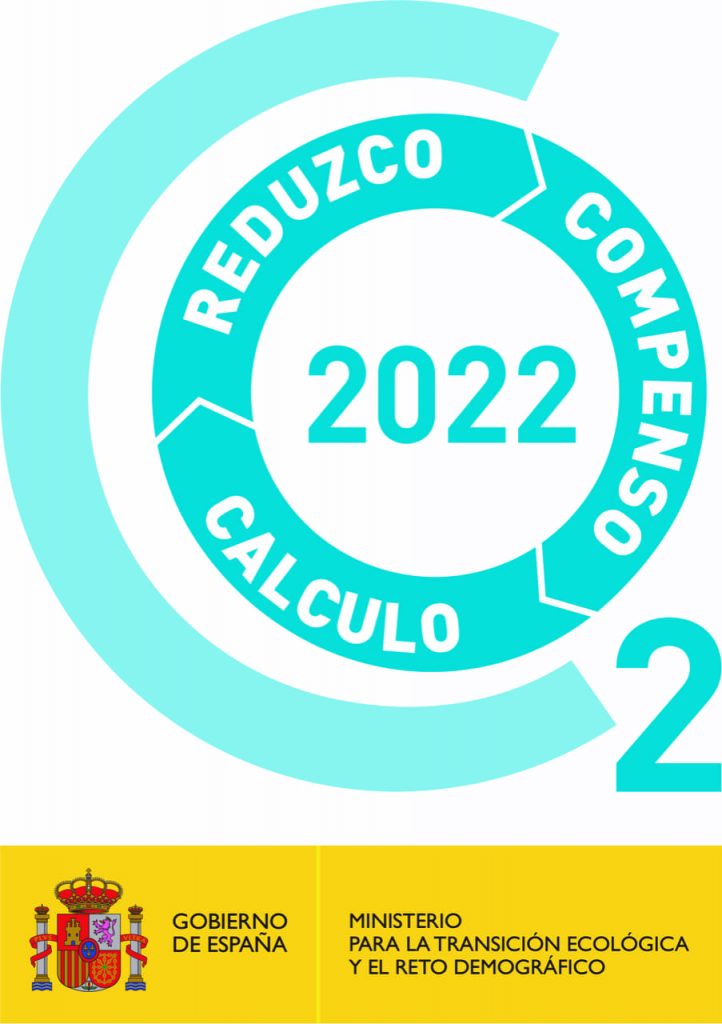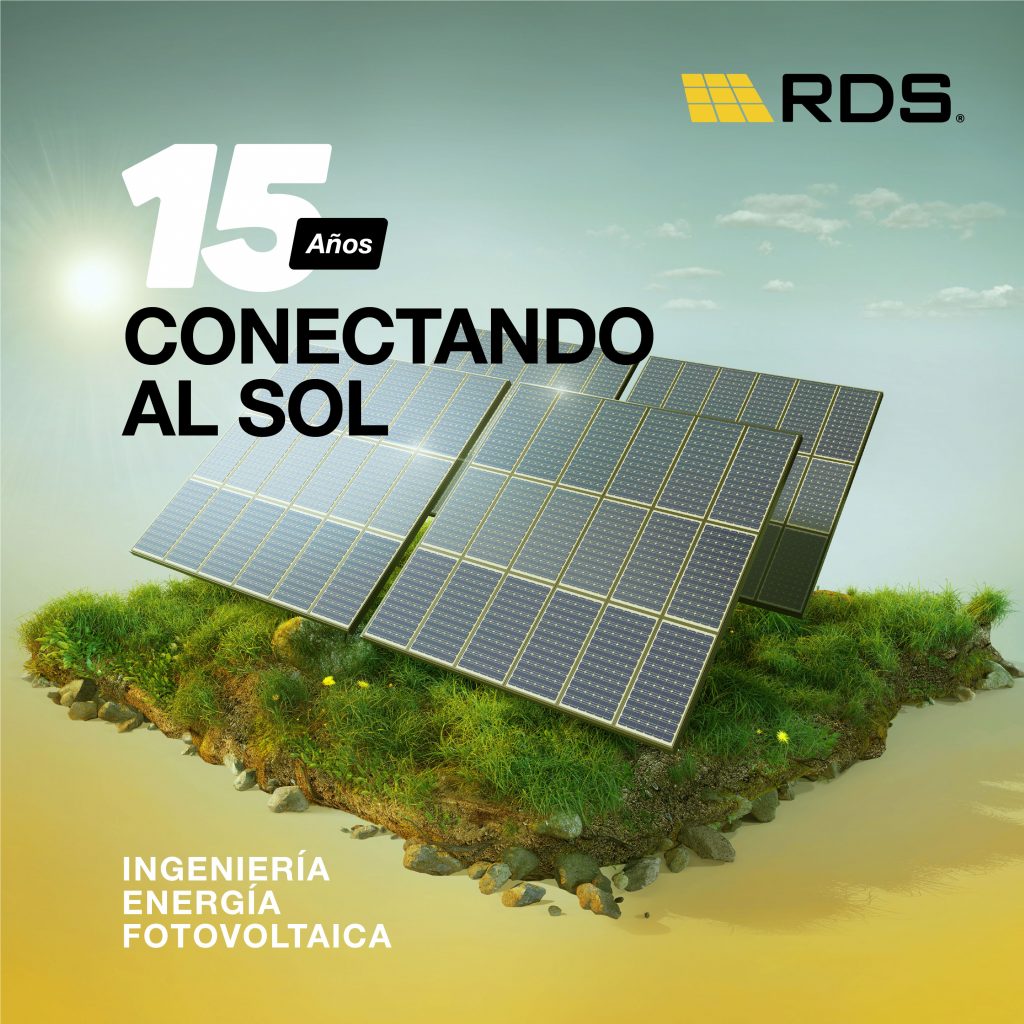




© 2023 RDS. All rights reserved. Designed and developed by delefant
The inclination of the solar panels is crucial to guarantee efficiency and maximum collection of solar energy. If the plates are not tilted properly, their efficiency is reduced, which affects energy production and makes it difficult to harvest solar energy.
We will cover the impact of tilt on solar energy production in depth and provide valuable information for those interested in optimizing their photovoltaic systems.
Table of Contents
ToggleThe tilt of solar panels has a significant impact on solar energy production. Next, the different ways in which tilt affects energy efficiency and solar radiation collection will be explored, as well as strategies to maximize production through proper tilt.
The proper inclination of the solar panels is key to ensuring optimal energy efficiency. If the plates are not tilted correctly, their efficiency is compromised, meaning they will not generate the expected amount of power. This is because the optimal tilt allows the sun’s rays to directly hit the plates for most of the day, thus maximizing power generation.
The inclination of the solar panels also plays a crucial role in capturing solar radiation. An incorrect tilt can result in less radiation pickup, thus decreasing the amount of energy that can be converted into electricity. Additionally, improper tilting can cause reflections or shadowing on the plates, which negatively affects their performance.
To maximize solar energy production, it is necessary to calculate and adjust the tilt of the plates appropriately. First of all, the optimal inclination must be determined according to the latitude of the place. Generally, in Spain, an inclination between 20 and 40 degrees is recommended, with 30 degrees being the most common value.
Proper tilting of solar panels is essential to achieve maximum performance in solar energy production. Considering the relationship between inclination and energy efficiency, the influence of inclination on the capture of solar radiation and applying the correct strategies to maximize production through the appropriate inclination will allow you to make the most of the potential of the solar panels and guarantee optimal performance. in a photovoltaic installation.
The appropriate inclination of solar panels to maximize their performance not only depends on latitude, but also on geographical and climatic conditions. Next, we will address three fundamental aspects to consider when determining the optimal inclination in relation to these factors:
It is important to consider that the optimal inclination angle may vary depending on the seasons of the year. During winter, when the days are shorter and the sun’s position is lower on the horizon, it is recommended to slightly increase the inclination of the solar panels. This will allow the greatest amount of solar radiation available to be captured at this time of year. On the contrary, in summer, when the days are longer and the sun is in a higher position, the inclination can be reduced to make the most of solar radiation.
Geographic location also plays a crucial role in determining the ideal inclination of solar panels. In areas near the equator, where the sun is higher in the sky year-round, a lower tilt can be used. On the other hand, in areas further from the equator, where the position of the sun varies significantly between seasons, it is advisable to adjust the inclination according to the aforementioned seasonal solar changes.
Each region can present specific challenges in terms of solar panel tilting. For example, in coastal areas with strong winds, it is essential to consider the stability of the installation when choosing the inclination. Additionally, in mountainous areas with drastic changes in topography, a more detailed study may need to be performed to determine the appropriate slope. In cases of doubts or specific features of certain geographical areas, it is recommended to consult with solar energy experts or specialized companies.
Solar energy may seem complex, but at RDS we are here to help and advise you on everything you need. If you are interested in talking to us as a solar panel installer for your next solar energy project, contact us for guidance and personalized information that our own in-house experts will recommend.
